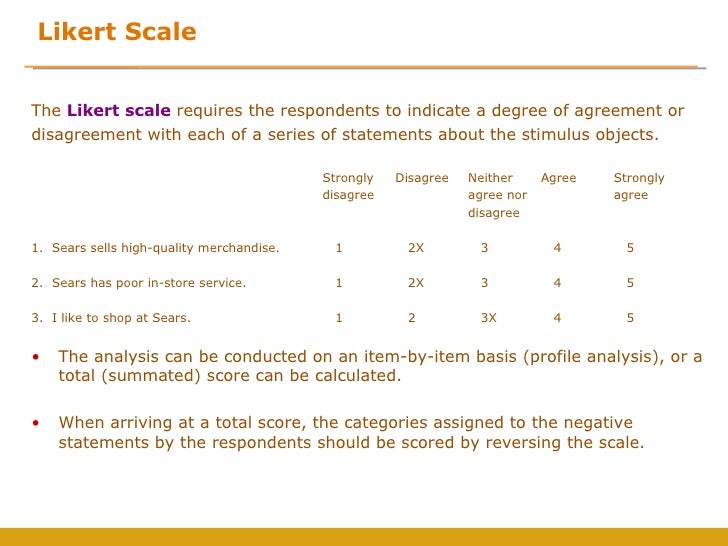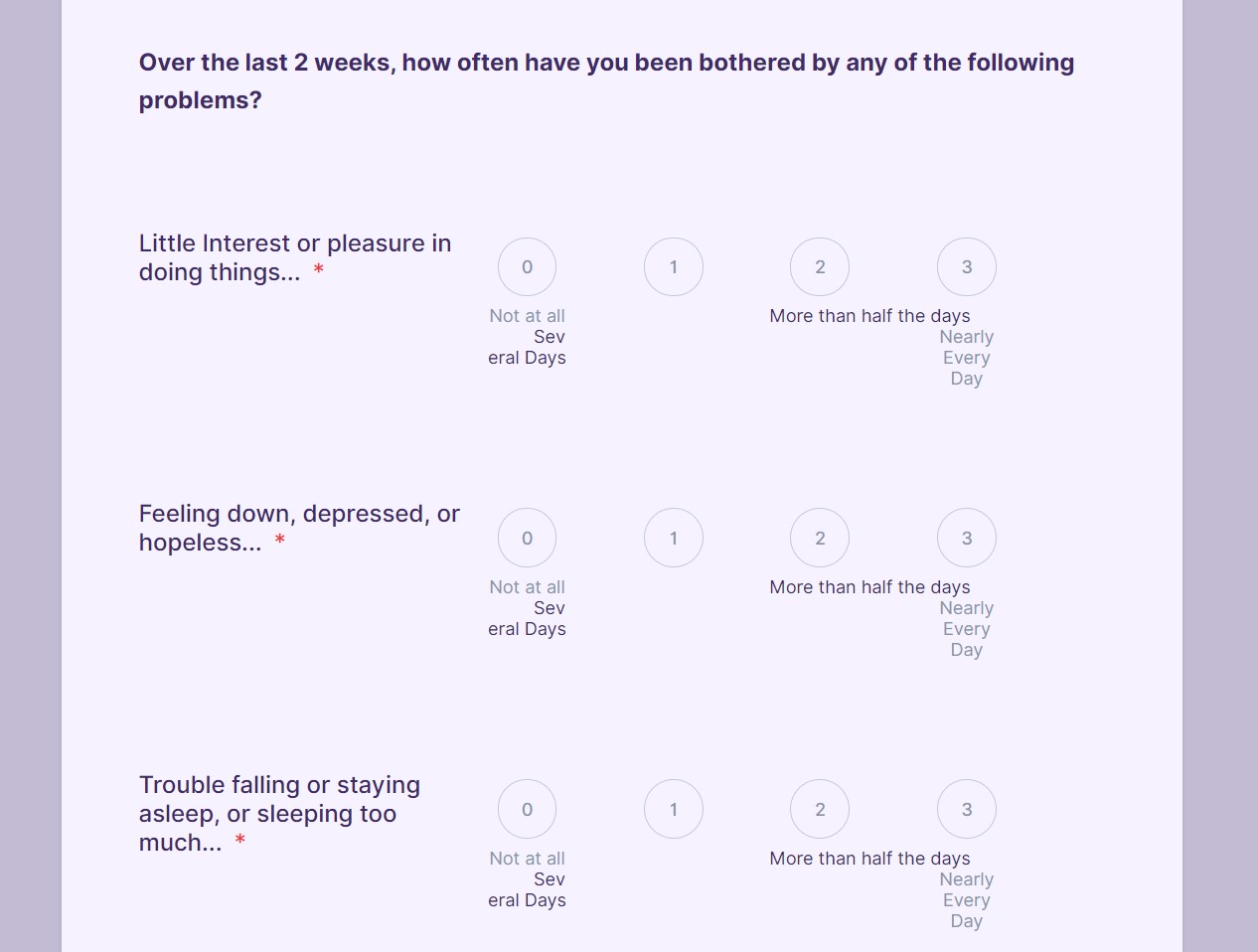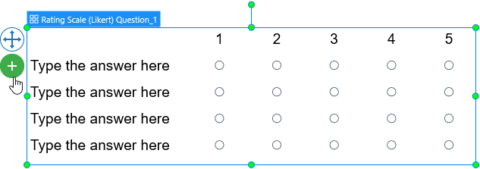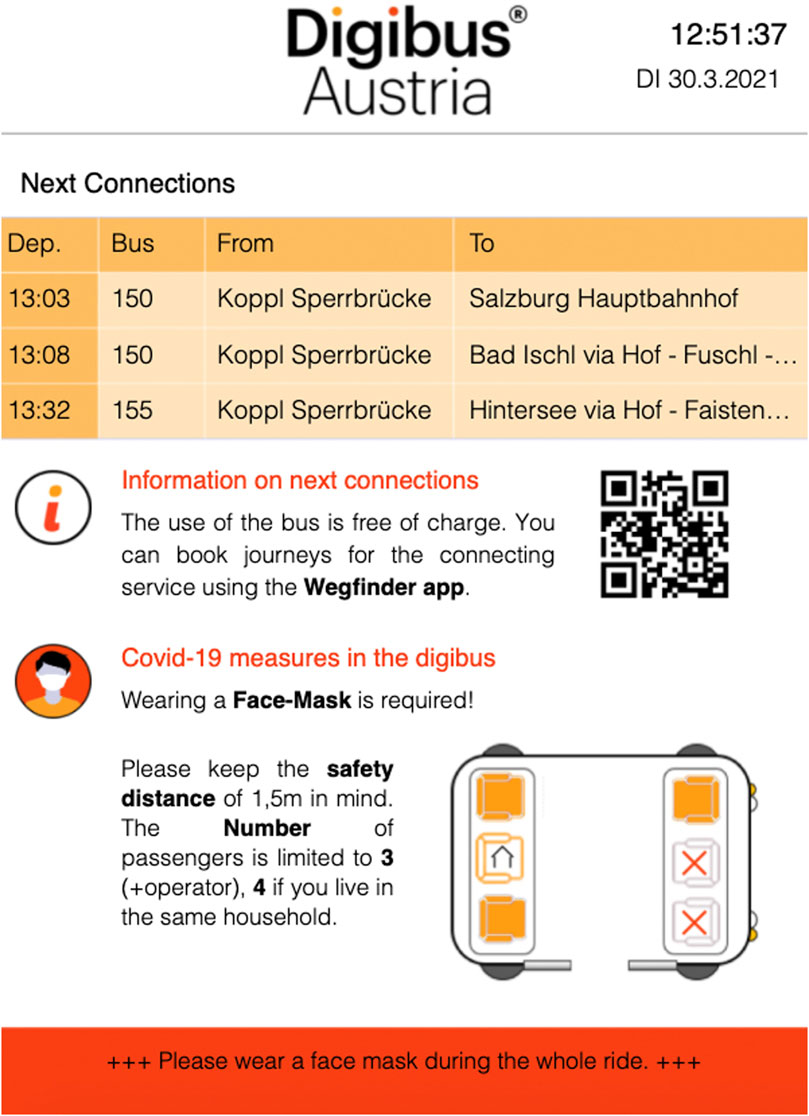39 11 point likert scale labels
PDF Likert Scale Examples for Surveys - Iowa State University Likert Scale Examples for Surveys Sorrel Brown ANR Program Evaluation Iowa State University Extension sorrel@iastate.edu Dec 2010 AGREEMENT • Strongly Agree Designing an 11 point Likert Scale survey with large ... I want to design an 11 point Likert Scale survey with large scenario questions. I only see a 5 point option available. Responses would be labeled "Strongly Agree" on one end to "Strongly Disagree" on the other. How can I design this survey question? The topic has been locked. jelo Offline Platinum Member More 4 years 4 months ago #161920
Chapter 11 Likert Scale: Definition, Examples, and ... 11.1 What is Likert Scale? Likert scale is a psychometric scale that is mostly applied for scaling responses in surveys / questionnaires. One can apply Likert-type questions to measure people's feeling or perception on a variety of things like Satisfaction, Frequency, Agreement, likelihood, experience, and so on.

11 point likert scale labels
Likert scale and semantic differential scale in our user ... - Preely 01.12.2020 · Semantic differential scale measures where the participant’s view or attitude lies to a statement on a bipolar adjective scale. The end-labels on the scale should be antonym adjectives e.g. modern – traditional, beautiful – ugly, often we use easy – difficult. Normally, you’ll have an odd number of options, often seven. Again, in ... Survey Response Scales: How to Choose the Right One | CXL There's more variance in larger scales, which has made the Likert scale the most common survey scale. Dr. Rob Balon advises to "always use the 1-5 scale, with 5 being the positive end and 1 being the negative end. NEVER use 1 as the positive end." A point on the Likert scale. Another great point from Spool's talk touches on Likert Scales. The 4,5, and 7 Point Likert Scale + [Questionnaire Examples] A Likert scale is basically a scale used to represent people's opinions and attitudes to a topic or subject matter. The Likert scale ranges from one extreme to another, for example, "extremely likely" to "not at all likely. It uses psychometric testing to measure the beliefs, attitudes, and opinions of subjects.
11 point likert scale labels. 24 Free Likert Scale Templates and Examples (Word | PDF) The Likert scale is a type of survey that uses a satisfaction scale that ranges from a specified extreme to another. To understand the Likert scale better, you need to recall when you answered a question as to how much you agree or disagree with an item. That is how the Likert scale works; it measures the opinion of the respondent on an item. (PDF) User Experience Rating Scales with 7, 11, or 101 ... Some characteristics (e.g., means and correlations) of the VAS were different from the Likert-style (7- and 11-point items), so the VAS does not appear to be interchangeable with the Likert-style ... PDF 10 points versus 11 points? Effects of Left-right Scale ... between a 10-point and 11-point scale. Following the idea of social desirability pushing respondents who are offered scales with an even number of scale points into the direction of scale endpoints, we expect a more skewed distribution for the 10-point scale than for the 11-point scale. User Experience Rating Scales with 7, 11, or 101 Points ... Van Beuningen et al. (2014) compared verbal label items with five response options and 11-point numerical items with the endpoints labeled. They found some distributional differences but no correlational differences with related variables. They reported more missing data for 11-point items (~2.5%) than for 5-point items (~.75%).
Likert Scale Surveys: Why You Should Use Them & How ... Let's say you prefer a bipolar five-point Likert scale. The responses can be: strongly agree, agree, neither agree nor disagree, disagree, and strongly disagree. 3. Appropriateness. Similarly, you can use Likert scale questions to gauge the level of appropriateness of a specific experience. For this type, you can use a five-point unipolar scale. Pros/Cons of 3, 4, or 5 Performance Rating Definitions | Toolbox 04.01.2010 · We moved from a 3 point to a 5 point rating scale about 4 years ago. 1 = did not meet key objectives 2 = met some key objectives 3 = met key objectives 4 = exceeded most key objectives 5 = significantly exceeded key objectives. The 5-point scale made it easier to differentiate performance between employees. It is important for employees and ... Entering Likert Scale Data into SPSS - YouTube This video demonstrates how to enter Likert scale data into SPSS. Likert scale data is commonly collected using surveys and is often recorded at the ordinal ... Likert Scale Surveys: Why & How to Create Them (With Examples) Advantages of Using Likert Scale 1. Easy for Respondents to Take 2. Offers Quantifiable Data 3. Versatile 4. Easy to Compare With Other Samples How to Design an Effective Likert Scale Survey 1. Curate Precise and Powerful Statements 2. Choose the Appropriate Adjectives 3. Make Statements To Identify Different Indicators of Your Research 4.
Sample Likert Scales // Division of Student Affairs ... Likert-Type Scale Response Anchors. Citation: Vagias, Wade M. (2006). Likert-type scale response anchors. Clemson International Institute for Tourism & Research Development, Department of Parks, Recreation and Tourism Management. Clemson University. (PDF) Why Use 11-Point Scales? - ResearchGate The 11point scale is used in many other ongoing surveys, for example the Gsoep and World Value Study, and seems to be well handled by respo ndents. Respondents are asked to indicate the strength of... Likert Scale: What Is It and How to Use It? - ThoughtCo A Likert scale enables respondents to choose from a linear set of responses that increase or decrease in intensity or strength. It is a close-ended, forced-choice scale. Widely used in psychological and other social science research today, Likert scales enable researchers to collect data that provides nuance and insight into participants ... Likert scale & surveys - best practices | intelligent ... For example, scales that are marked "1 to 5, with 5 being the highest" result in less accurate results than scales with labels such as "good" or "poor". If numbered scales are used, signposts are recommended (e.g. put "poor" above 1, "satisfactory" above 3 and "excellent" above 5). Labelled scales need to be as accurate as possible.
12 Tips for Writing Survey Answers - KwikSurveys Likert scale questions: ... An Opinion Scale can contain up to 10 or 11 points (e.g. NPS ratings). 8. Use labels for rating scales. When creating a rating scale, always remember to label each point. Leaving these fields blank will only cause ambiguity. For example, if you have a Net Promoter Score question you’d be asking: “How likely are you to recommend this …
How to Label Response Scale Points in Your Survey | Qualtrics Here's an example of a seven-point bipolar scale where, through the use of appropriate modifiers, all responses are mutually exclusive of one another. Finally, to ensure that you get the highest-quality data possible, keep these four guidelines in mind as you practice labeling response scales:
Which Likert scale should I prefer that of 1-4, 1-5 or 1-7? 25.11.2015 · Another study conducted in European perspective utterly recommended 5-point scale to provide better quality of data compared to 7 or 11-point scale (look at the reference 2 below). Interestingly ...
Nominal Vs Ordinal Data: 13 Key Differences & Similarities 10.10.2019 · Compared to interval data, nominal and ordinal data are less informative. Interval data is measured along a scale, in which each point is placed at an equal distance from one another. Although nominal and ordinal data gather relevant information, with ordinal data having a scale to it, the inequality of the scale leaves them at a disadvantage.
Stop Debating the Survey Question Scale: Why a 0-10 Scale ... Most would say they want to know how many 5's they get, forcing a measure of Top 1 Box, which is a very high bar. But on a 11-pt scale you can very well set the bar at a 9 and measure "Top 2 Box" where a rating of 9 is generally considered a-more-than-acceptable level of performance.
How to Label Your 10-Point Scale - Versta Research Plenty of research shows that numeric scales going from 1 to 10 (ten points) are less effective than numeric scales going from 0 to 10 (eleven points). A recently published article in Survey Practice adds more evidence to that claim, and also suggests that the midpoint of the scale should be labeled along with the endpoints:
Net Promoter Score vs Likert Scales The ends of the "would recommend" scale are denoted: Unlikely and Very Likely. It is also 11 points long instead of seven or five points. The Likert Scale Question used in the Net Promoter Score Process Rather than directly reporting the score from the Likert Scale, NPS is calculated as the difference between proportions of responses.
Likert Scale Definitions and Examples. Use them for free. "TV campaigns are a good way to persuade people to stop smoking in the presence of children" 1 - Strongly disagree, 2 - Disagree, 3 - Somewhat disagree, 4 - Neither agree nor disagree, 5 - Somewhat agree, 6 - Agree, 7 - Strongly agree 1 2 3 4 5 6 7 Surveys with Likert Scales Customer Effort Score Survey Use Template Net Promoter Score Survey
Am I able to use ANOVA to analyse likert scale data? To determine the minimum and the maximum length of the 5-point Likert type scale, the range is calculated by (5 − 1 = 4) then divided by five as it is the greatest value of the scale (4 ÷ 5 = 0 ...
PDF Choosing Response Scale Labels and Length: Guidance for ... Scale 1 -labelled end pOints Very Poor 2 3 4 I I I I Scale 2 -fully labelled, balanced veryrOor PJor Neiter GIOd Scale 3 -fully labelled, unbalanced P10r Ft GIOd Very IGOOd
Likert Scale: Whats, Whys, Hows & Everything to know in 2022 Be careful with the sequence - While creating the customer satisfaction survey, make sure that for a horizontal Likert Scale, your answer ranges from negative to positive. 1/ negative attribute should be on the left and 5/7/ positive attribute should be on the right.
Chapter 3: Levels Of Measurement And Scaling Figure 3.11 Semantic and semantic differential scales. Likert scales: A Likert scale is what is termed a summated instrument scale. This means that the items making up a Liken scale are summed to produce a total score. In fact, a Likert scale is a composite of itemised scales. Typically, each scale item will have 5 categories, with scale values ...
How to Analyze Likert Scale Data - Statistics By Jim Results show that more Likert scale points will result in a closer approach to the underlying distribution, and hence normality and interval scales. To increase generalizability social work practitioners are encouraged to use 11-point Likert scales from 0 to 10, a natural and easily comprehensible range.
PDF LIKERT ITEMS AND SCALES - University of Sheffield difference between, say, the eighth and ninth point on an eleven‐point agree‐ disagree scale). Research confirms that data from Likert items (and those with similar ratingles)sca becomes significantly less accurate when the number of scale points drops below five or above seven.











Post a Comment for "39 11 point likert scale labels"